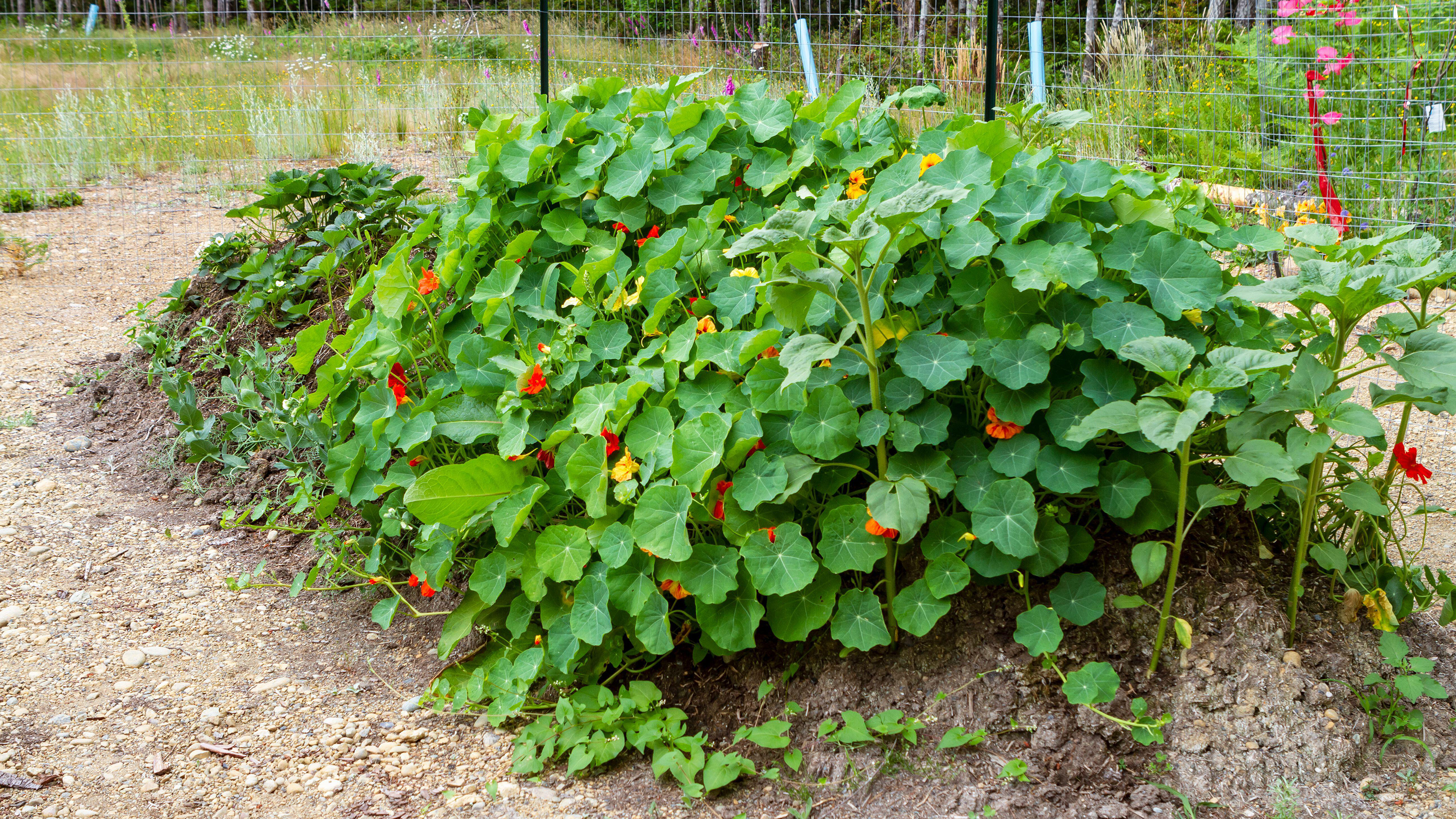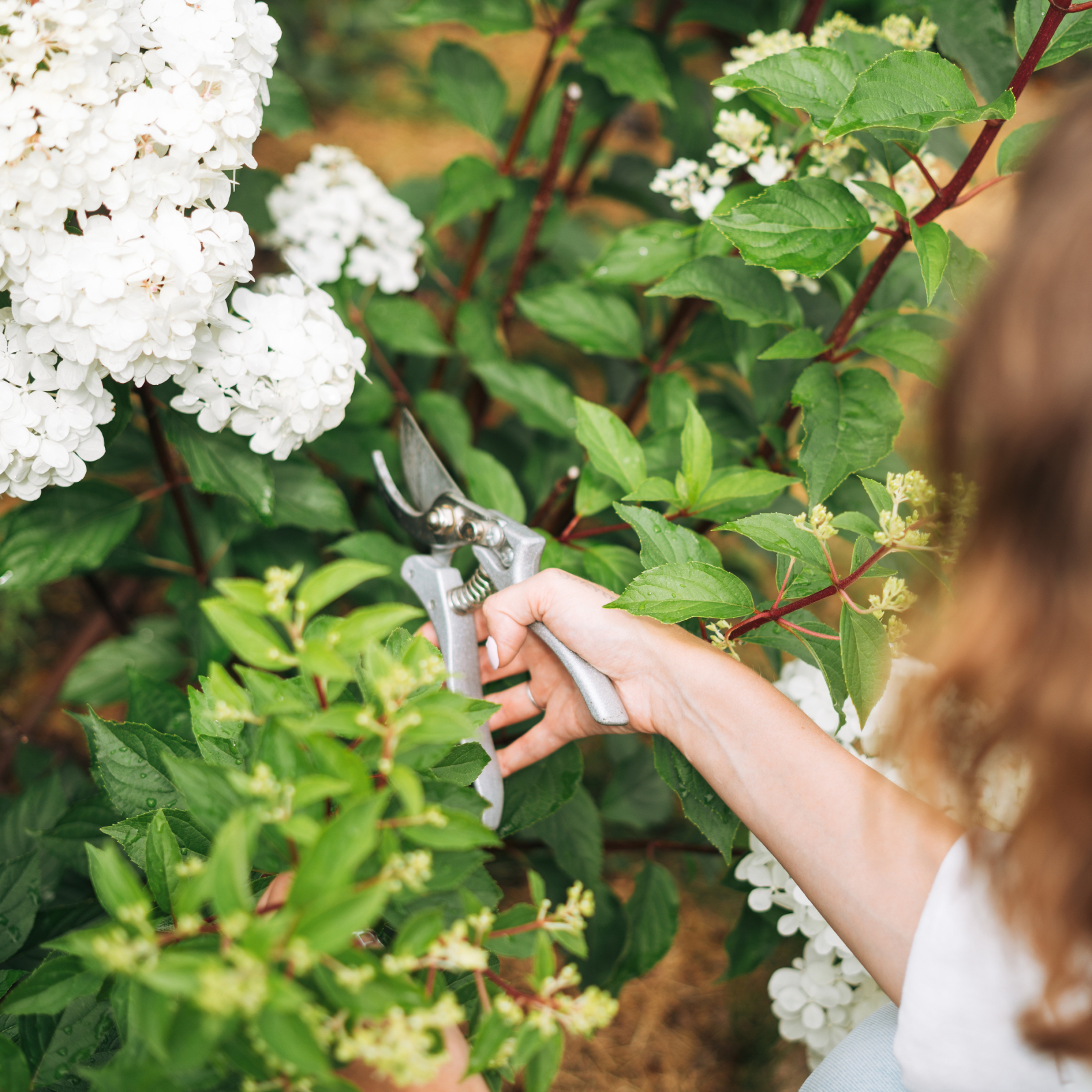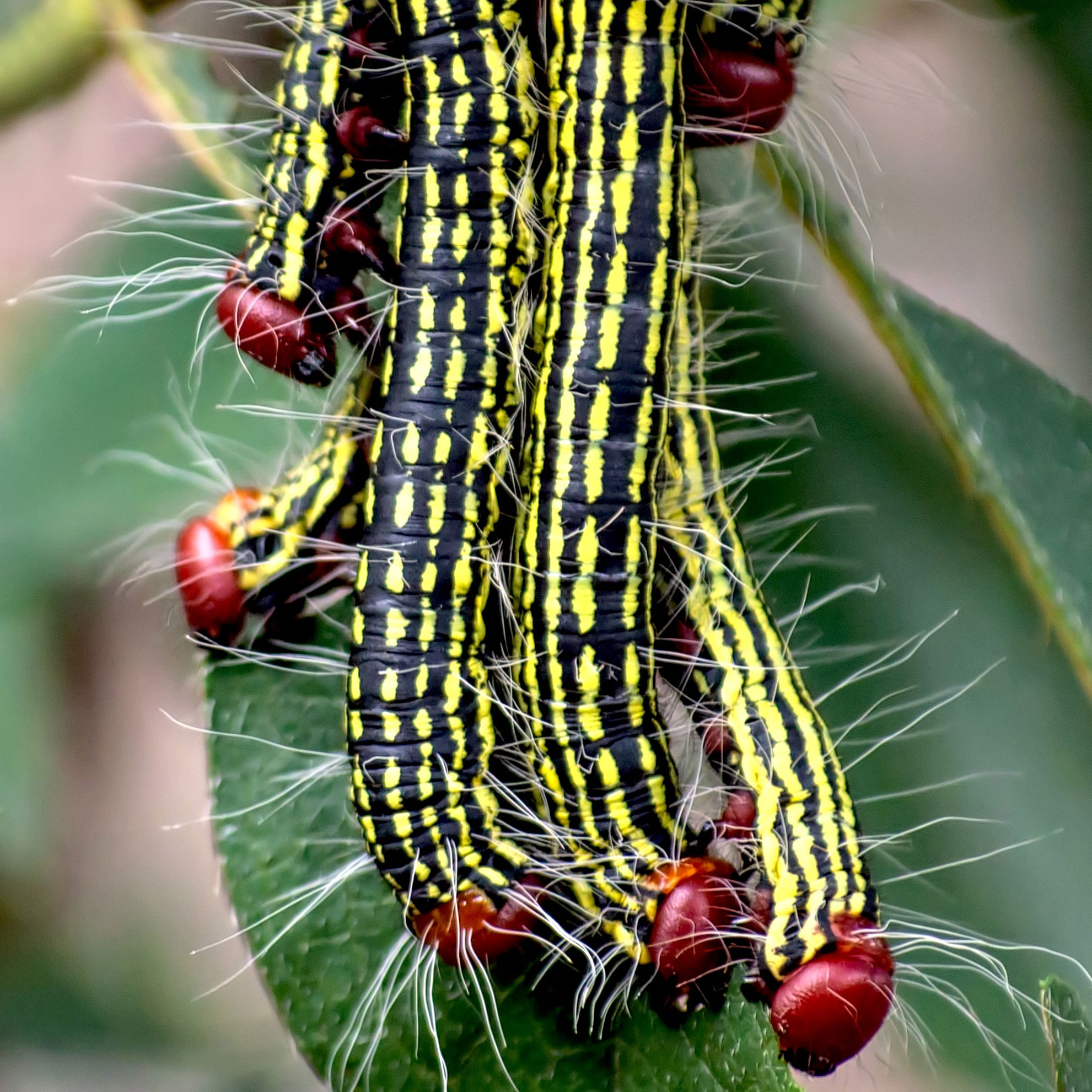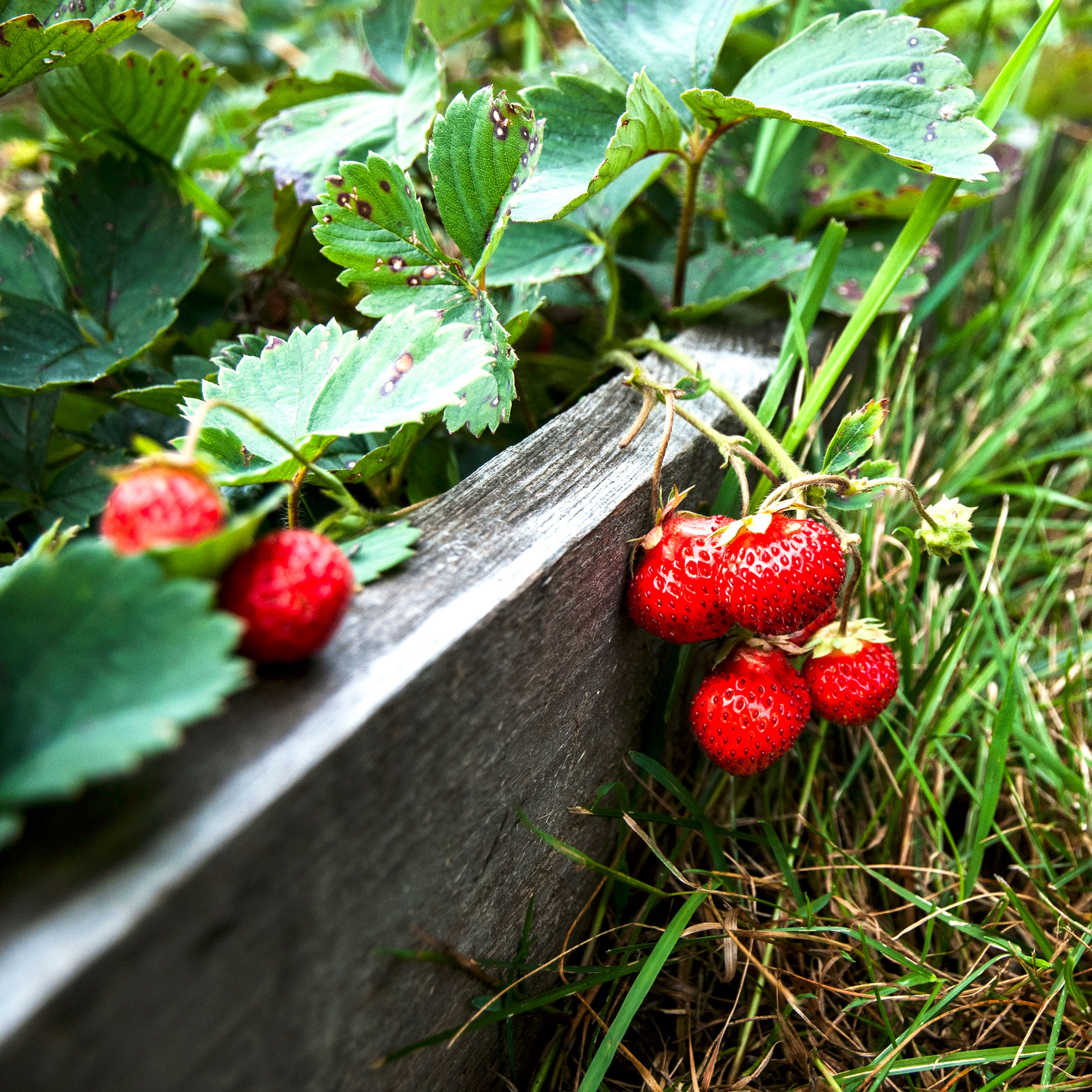Mounded Raised Beds: How To Make An Unframed Raised Bed
If you're like most gardeners, you think of raised beds as structures enclosed and raised above the ground by some sort of frame. But raised beds with no walls also exist, and these mounded raised beds are also great for home gardens.

If you’re like most gardeners, you think of raised beds as structures enclosed and raised above the ground by some sort of frame. Raised beds with no walls also exist. In fact, they’re the most common way to build raised beds on a large scale, and they’re popular on small vegetable farms. These mounded raised beds are also great for home gardens.
Advantages of Growing in Unframed Raised Beds
Unframed raised beds offer most of the same advantages as framed raised beds. These include improved drainage, a deeper volume of loosened soil for plant roots to explore, and a raised growing surface that is easier to reach without kneeling. Raised bed soil also warms up earlier in spring.
An additional advantage of unframed raised beds is that you can install them with significantly less expense and effort, which is especially important if you’re gardening on a large scale. You will also avoid the potential toxicity associated with some framing materials.
Potential Disadvantages of Growing in Unframed Raised Beds
Raised beds with no walls don’t last as long as those with walls, however. If left untended, they will eventually erode and sink back to the level of the surrounding soil. That being said, you can simply build them back up every year or two, and this presents an opportunity to work additional organic material into the soil.
Mounded raised beds also take up more space than framed raised beds that provide an equivalent growing space. That’s because you need to account for the inclines at the margins of the bed.
However, the lack of walls may allow squash and other vining plants to sprawl over the sides without being damaged, and small plants like mixed greens may be able to grow on the inclines. This can actually expand your growing area on the equivalent volume of soil.
Since there are no walls separating the walkways from the bed, weeds can spread more easily into an unframed bed. A layer of mulch on the walkway will help prevent this.
Gardening tips, videos, info and more delivered right to your inbox!
Sign up for the Gardening Know How newsletter today and receive a free copy of our e-book "How to Grow Delicious Tomatoes".
How to Make an Unframed Raised Bed
To build an unframed raised bed, mark out the area you will use for the bed. Common dimensions for an 8 inch deep (20 cm.) unframed raised bed is 48 inches (1 m.) between walkways with 36 inches (91 cm.) of flat growing space across the top. 12 inches (31 cm.) horizontally are left for the inclines.
When the soil is dry and warm enough to work, use a rototiller or a spade to loosen the soil. Simply by tilling or digging, you will reduce compaction and break up clumps, typically causing the soil surface to elevate by several inches (8 cm.).
Next, add at least 2 to 3 inches (5-8 cm.) of organic material, such as compost, to the entire area designated for the raised bed. Mix the organic material into the loosened soil using a rototiller or a spade.
As an alternative to adding material on top of the bed, you can dig down into the walkway between your raised beds. Add the soil to the beds so that you both raise the beds and lower the walkway.
After building your mounded raised beds, plant them as soon as possible to prevent erosion.
Ilana Goldowitz Jimenez is a scientific and agricultural writer with a B.S. in Plant Sciences from Cornell University and a PhD in Chemical Biology and Infectious Disease from Harvard University.
-
 Pruning Limelight Hydrangea Bushes For Bigger Blooms & Stronger Plants
Pruning Limelight Hydrangea Bushes For Bigger Blooms & Stronger PlantsPruning 'Limelight' hydrangea will benefit the shrub. Flowers will be more bountiful the next year and branches will be stronger. Learn how and when to prune.
-
 What’s Wrong With Your Azaleas? Identify, Tackle And Prevent 6 Common Azalea Pests
What’s Wrong With Your Azaleas? Identify, Tackle And Prevent 6 Common Azalea PestsIf you’ve spotted signs of azalea leaf damage, don’t panic – here’s how to identify the most common azalea pests so you can take action swiftly and keep plants healthy
-
 Growing Strawberries In Raised Beds – Here’s Why And How To Do It
Growing Strawberries In Raised Beds – Here’s Why And How To Do ItGrowing strawberries in containers and hanging baskets has its perks, but have you tried growing strawberries in raised beds? Here's how to raise your berry-growing game
-
 Raised Bed Garden Layout Ideas To Maximize Your Vegetable Harvest
Raised Bed Garden Layout Ideas To Maximize Your Vegetable HarvestCurious how to maximize your vegetable garden this year? Try these raised bed layout ideas and tips to get the most out of your space.
-
 How Many Vegetables To Plant Per Person For A Year
How Many Vegetables To Plant Per Person For A YearGauging how much to plant in a vegetable garden can eliminate waste while still producing enough for your family. Click for more.
-
 13 Perennial Fruits And Vegetables You Only Have To Plant Once
13 Perennial Fruits And Vegetables You Only Have To Plant OnceLooking to set it and forget it? Find out which fruits and vegetables can be grown as perennials.
-
 11 Edible Plants For A Year-Round Garden In A Bucket
11 Edible Plants For A Year-Round Garden In A BucketWant to know how to grow food inside your house and which foods do best indoors? Click here to learn all about it.
-
 Frost Tolerance Of Vegetables From Least To Most Hardy
Frost Tolerance Of Vegetables From Least To Most HardyHow cold can vegetables tolerate? Knowing which veggies will survive frosts and freezes is essential for the success of your garden. Click here for more.
-
 Best Vegetables To Pickle Straight From The Garden
Best Vegetables To Pickle Straight From The GardenPickles aren’t limited to just cucumbers. Read on for tips on pickling your fresh veggies.
-
 Benefits Of Planting In Fall Vs. Spring Vegetable Plots
Benefits Of Planting In Fall Vs. Spring Vegetable PlotsLearn why some vegetables do better if you plant them in fall instead of spring.